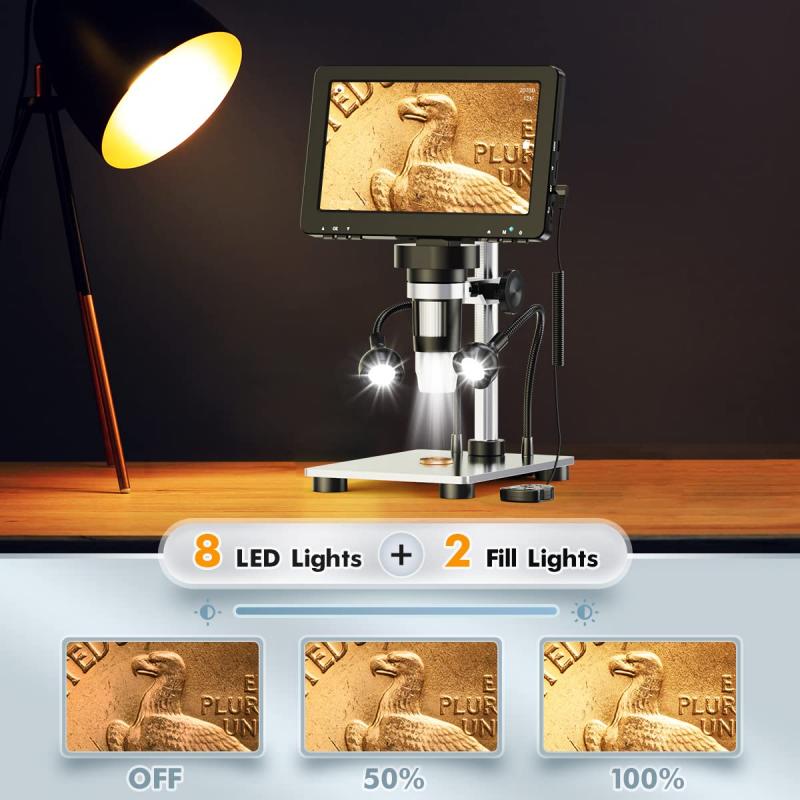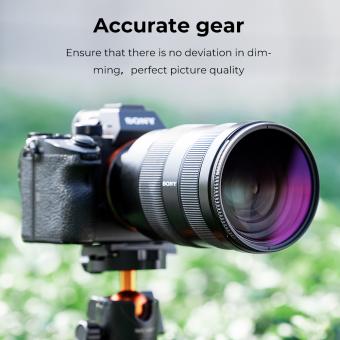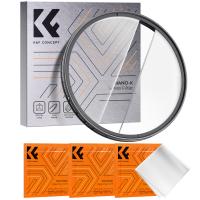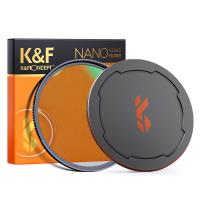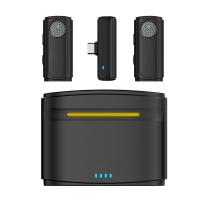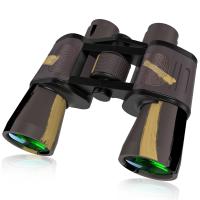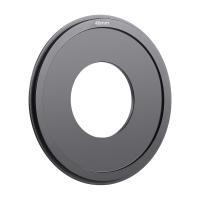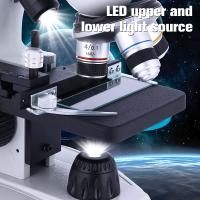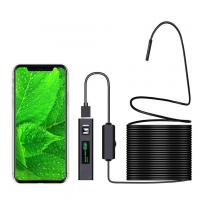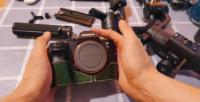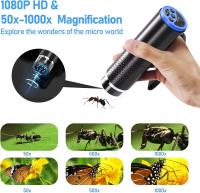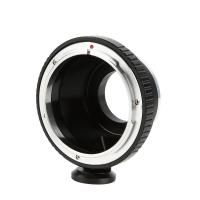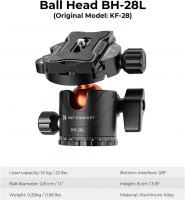When Was The Microscope Invented And By Whom ?
The microscope was invented in the late 16th century. The exact date and inventor are not known with certainty, but Hans and Zacharias Janssen, Dutch spectacle makers, are often credited with its invention.
1、 Invention of the microscope: Historical background and key contributors
The invention of the microscope is a significant milestone in the history of science and has revolutionized our understanding of the microscopic world. The development of the microscope can be traced back to the late 16th century, with several key contributors playing a role in its invention.
One of the earliest pioneers in the field of microscopy was the Dutch spectacle maker, Zacharias Janssen. In the late 1590s, Janssen and his father, Hans, are believed to have created the first compound microscope. This early microscope consisted of a convex objective lens and a concave eyepiece, allowing for magnification of small objects.
Another notable figure in the history of microscopy is the Dutch scientist, Antonie van Leeuwenhoek. In the mid-17th century, Leeuwenhoek refined the design of the microscope and made significant advancements in lens grinding. He was able to achieve magnifications of up to 270 times, enabling him to observe and document a wide range of microorganisms for the first time.
While Janssen and Leeuwenhoek are often credited with the invention of the microscope, it is important to note that the development of this instrument was a collective effort involving many scientists and instrument makers of the time. These individuals contributed to the refinement of lens grinding techniques, the improvement of microscope design, and the exploration of the microscopic world.
In recent years, there has been some debate regarding the exact origins of the microscope. Some researchers argue that the invention of the microscope was a gradual process, with multiple individuals making incremental contributions over time. This perspective emphasizes the collaborative nature of scientific progress and highlights the importance of recognizing the collective efforts of many scientists.
In conclusion, the microscope was invented in the late 16th century, with Zacharias Janssen and Antonie van Leeuwenhoek playing significant roles in its development. However, it is important to acknowledge that the invention of the microscope was a collective effort involving many scientists and instrument makers. The microscope has since become an indispensable tool in scientific research, enabling us to explore and understand the intricate world of the microscopic.
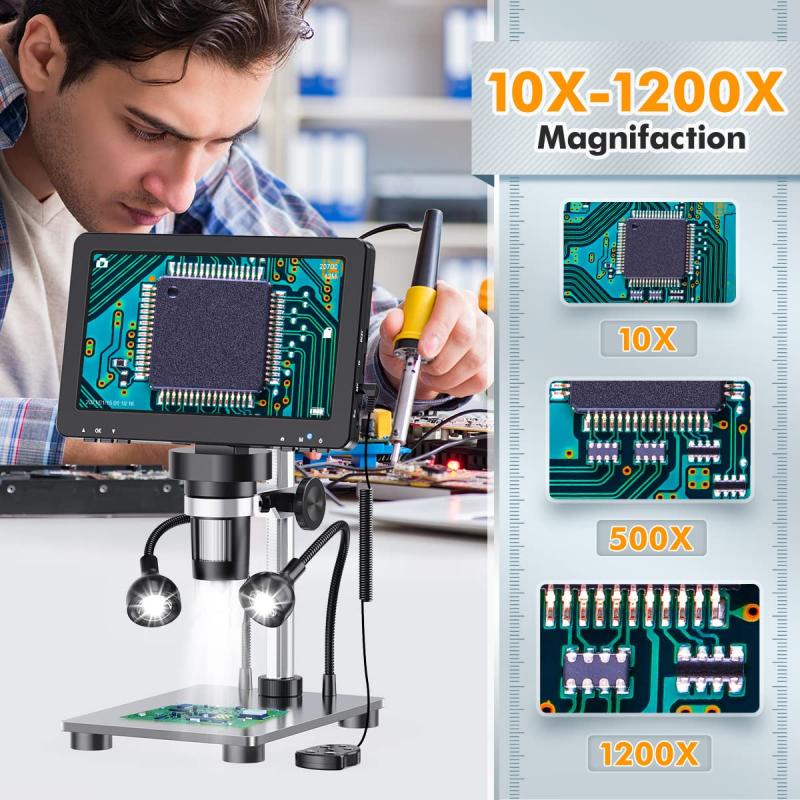
2、 Early microscope designs and their inventors
The invention of the microscope is a significant milestone in the history of science and has revolutionized our understanding of the microscopic world. Early microscope designs and their inventors laid the foundation for this groundbreaking instrument.
The first recorded microscope-like device was created in the late 16th century by Hans and Zacharias Janssen, a father-son duo from the Netherlands. Their invention consisted of a tube with lenses at each end, which allowed for magnification of small objects. However, the Janssen microscope was a compound microscope, meaning it used multiple lenses to achieve magnification, rather than a single lens.
Another notable figure in the development of the microscope is Antonie van Leeuwenhoek, a Dutch scientist who is often referred to as the "Father of Microbiology." In the late 17th century, Leeuwenhoek refined the design of the microscope and achieved much higher magnification than previous models. He used his microscope to observe and document various microorganisms, including bacteria and protozoa, which were previously unknown to science.
It is important to note that the invention of the microscope was not a singular event but rather a gradual process involving multiple inventors and improvements over time. The exact date of the invention is difficult to pinpoint, as it evolved through various iterations and improvements.
In recent years, there has been some debate regarding the true inventors of the microscope. Some historians argue that the Janssen brothers were not the original inventors, but rather popularized the device. They suggest that the true inventor may have been another Dutchman named Cornelis Drebbel, who allegedly created a microscope in the early 17th century. However, the evidence supporting this claim is limited, and the Janssen brothers are still widely credited with the invention.
In conclusion, the microscope was invented in the late 16th century, with early designs attributed to the Janssen brothers. However, the exact date and inventor of the microscope remain somewhat uncertain, as it was a result of gradual improvements and refinements by various scientists over time.

3、 Antonie van Leeuwenhoek: Pioneer of the microscope
The microscope, a revolutionary scientific instrument that opened up a whole new world of exploration, was invented by Antonie van Leeuwenhoek. Born in the Netherlands in 1632, Leeuwenhoek was a pioneer in the field of microscopy and is often referred to as the "Father of Microbiology."
Leeuwenhoek's invention of the microscope is believed to have occurred in the late 17th century, around the 1670s. He was not a trained scientist but rather a skilled tradesman, working as a draper. However, his curiosity and passion for observing the world around him led him to develop a simple yet powerful microscope.
Leeuwenhoek's microscopes were unlike any others of his time. They consisted of a single lens, which he ground and polished himself to achieve high magnification. His microscopes were capable of magnifying objects up to 300 times, allowing him to observe and document a wide range of microscopic organisms, including bacteria, protozoa, and sperm cells.
Leeuwenhoek's discoveries were groundbreaking and challenged the prevailing beliefs of his time. His meticulous observations and detailed drawings of microorganisms laid the foundation for the field of microbiology. His work also contributed to the understanding of the existence of a microscopic world, previously unknown to humanity.
It is important to note that while Leeuwenhoek is often credited with inventing the microscope, there were other scientists and inventors who made significant contributions to the development of this instrument. For example, Robert Hooke, an English scientist, also played a crucial role in advancing microscopy with his publication "Micrographia" in 1665.
In conclusion, Antonie van Leeuwenhoek, a Dutch tradesman with a passion for observation, is credited with inventing the microscope in the late 17th century. His groundbreaking work in microscopy laid the foundation for the field of microbiology and expanded our understanding of the microscopic world. While Leeuwenhoek's contributions were significant, it is important to acknowledge the collective efforts of other scientists and inventors who contributed to the development of the microscope.
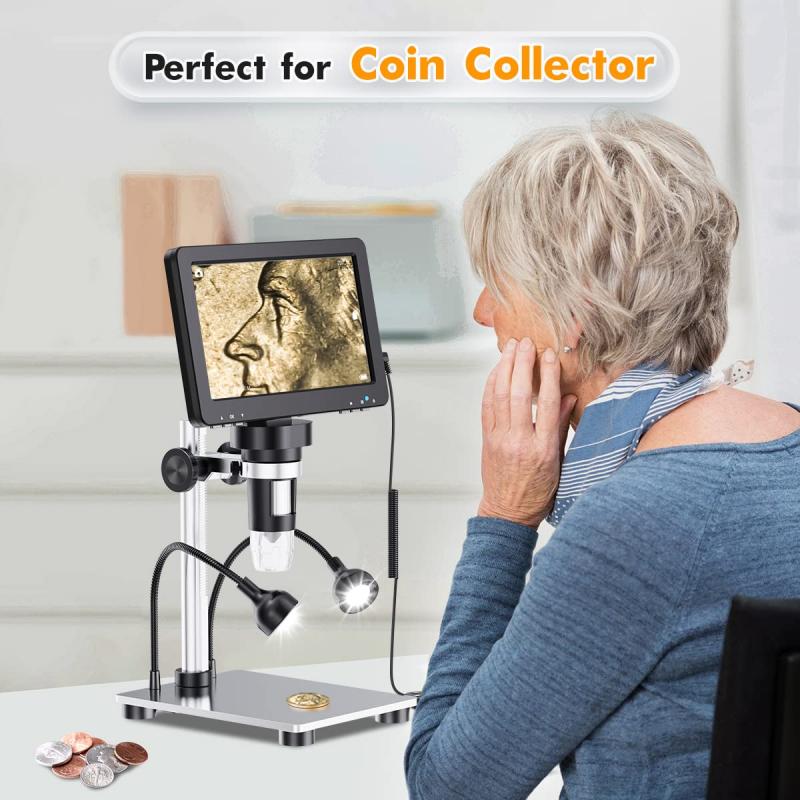
4、 Development of compound microscopes and their inventors
The development of compound microscopes, which are the most commonly used type of microscope today, can be attributed to several inventors throughout history. The exact origins of the compound microscope are not well-documented, as the invention was a result of incremental improvements made by multiple individuals over time.
One of the earliest pioneers in the field of microscopy was the Dutch scientist Zacharias Janssen. In the late 16th century, Janssen and his father Hans Janssen are believed to have created the first compound microscope. Their design consisted of a tube with two lenses that could be adjusted to magnify small objects. However, their invention was not widely known or recognized at the time.
Another significant contributor to the development of the compound microscope was the Dutch scientist Antonie van Leeuwenhoek. In the 17th century, Leeuwenhoek improved upon the design of the microscope by using a single lens instead of two. He also achieved higher magnification by grinding lenses to a higher degree of precision. Leeuwenhoek's microscopes were renowned for their exceptional quality and allowed him to make groundbreaking observations of microorganisms, earning him the title of the "Father of Microbiology."
It is important to note that the invention of the compound microscope was not solely attributed to one individual, but rather a collective effort over time. The exact timeline and inventors involved in the development of the compound microscope are still a subject of debate among historians and scientists.
In conclusion, the compound microscope was developed through the contributions of various inventors, including Zacharias Janssen and Antonie van Leeuwenhoek. Their innovations in lens design and magnification techniques paved the way for the modern compound microscopes we use today. The exact date of the invention and the specific inventors involved remain uncertain, but their contributions to the field of microscopy are undeniable.
